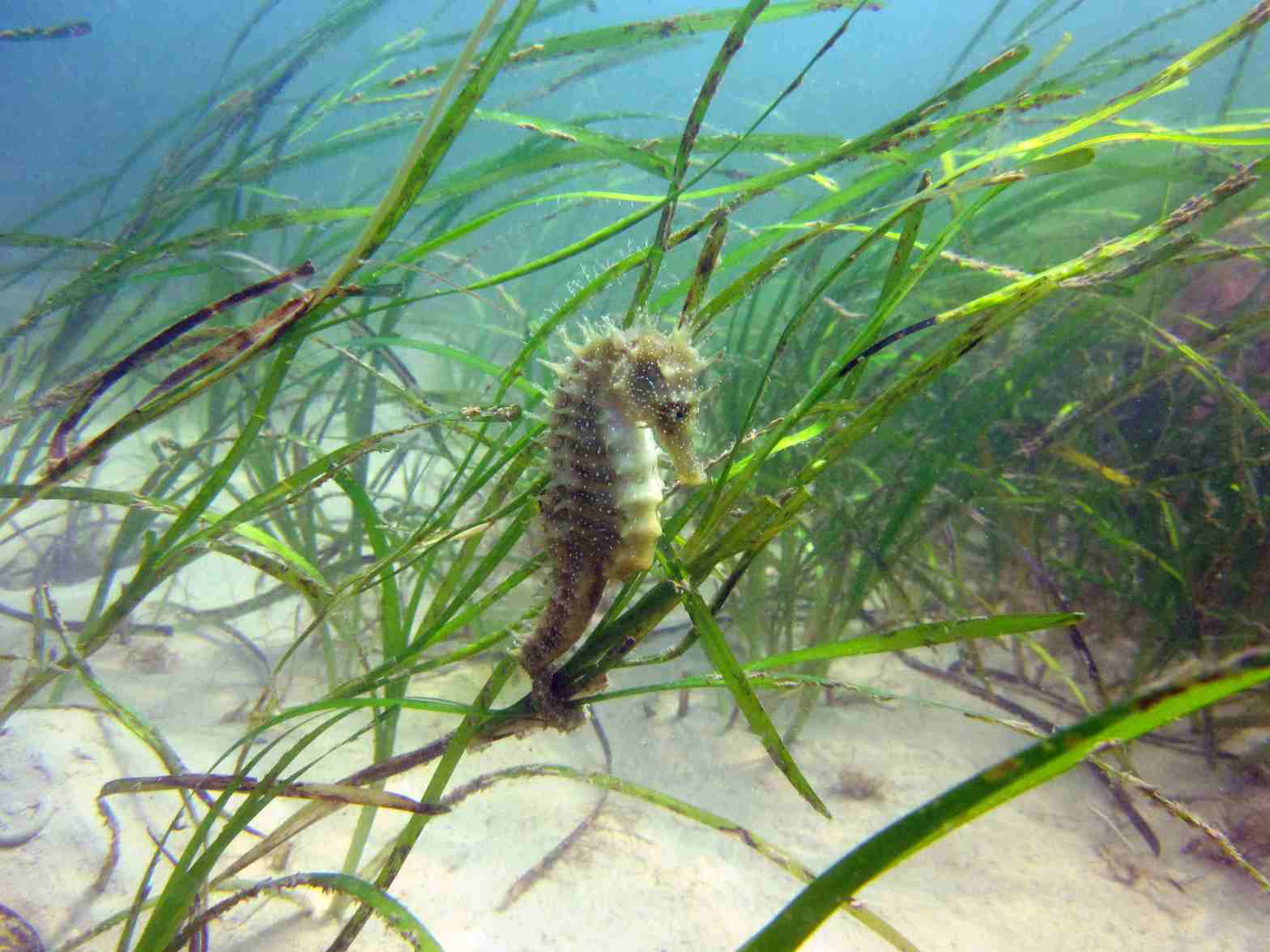I have been lucky over the past 16 years to have dived with, watched and generally spent time observing wild seahorses right here in the UK. It all started on a beautiful summer’s day when Steve and I were diving at a local spot. As we returned to the shore at the end of our excursion we saw a stunning, yellow male seahorse right in front of us. Our encounter is etched in both our memories and also documented in our book “In the Company of Seahorses”. It was the start of a particularly stressful stage in our lives as we campaigned to get what turned out to be an exceptional site protected from the destruction being caused by recreational boat anchors and mooring chains.
During that time we spent many hours in the water with seahorses and have probably studied their behaviour in the wild as much as anyone in the UK. As a result of our findings and campaign work, the site was finally recognised for its importance when it became a Marine Conservation Zone in 2019.
In recent years, obstacles have been put in our way, and that of other conservation-minded divers, making it difficult to gather records of random seahorse encounters and illegal to study them or even just look for them without a licence. Even with a licence, which is not easy to obtain, you are made to feel frustrated, uncomfortable and a nuisance by the authority regulating them, who make you jump through hoops and generally just mess you around. Meanwhile other, extremely destructive activities continue with no monitoring or restrictions.
Despite these obstacles I have continued to see seahorses from time to time at a variety of locations in Dorset, as have other divers I know. It has become apparent that Dorset is without doubt the best place for seahorses in the country. They are one of Dorset’s wildlife treasures although highlighting them is difficult for the reasons mentioned. It seems such a shame that, rather than shouting about these wonderful creatures in our waters, we are discouraged and more likely to avoid the topic for fear of attracting negative attention. The law protecting seahorses prohibits, among other things, their disturbance and damage to their ‘place of shelter’. Guidance to divers on how to avoid disturbance, apart from prohibiting looking for them, says you shouldn’t photograph or film them with lights or flash. However, even if you take a photograph without these you risk being investigated and prosecuted. Introducing this guidance has had two notable results; 1) divers do not report when they come across a seahorse, meaning records become scarce even as numbers increase, and 2) if a diver does report seeing a seahorse, the evidence is lacking with no decent photograph to back it up.


The last couple of years has seen a boom in Dorset’s seahorse population after several years of virtually no sightings. People have found dead stranded seahorses on beaches throughout Dorset in the colder months and in the summer I have heard of divers spotting surprising numbers of them at several of our regular shallow-water sites. Obviously some particular combination of weather and food availability has worked in their favour.
It is always a wonderful and unexpected thing to spot a seahorse whilst diving. Even after seeing many, your brain tries to convince you it’s not real, it’s not really there, seahorses don’t really exist. It might be because their camouflage is so superb that your brain thinks your eyes have been deceived and it’s really just a piece of seaweed you’re looking at. Maybe it is also their calm, graceful movements – nothing sudden or jerky – moving exactly the same way a seaweed frond would when gently stirred by the water. Take your eyes off it for a second and it becomes invisible, like it was never there in the first place, just a dream, a figment of the imagination.
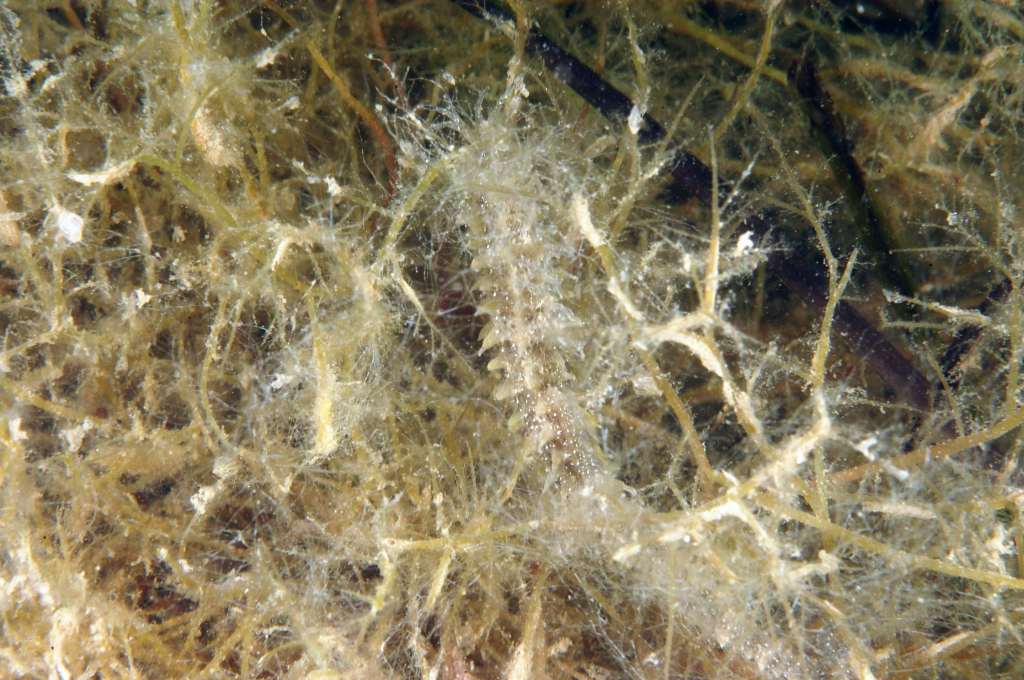

Male and female seahorses are easy to tell apart as the male possesses a brood pouch for incubating the developing eggs and young before giving birth. The female obviously lacks this and so her outline is different at the point where the abdomen meets the tail. Pairs remain faithful to one another and come together each day to reaffirm their bond and perform a ritual dance with tails entwined, colour-changes and promenading behaviour. To witness this is very special indeed and few people have had that privilege in the wild in the UK.
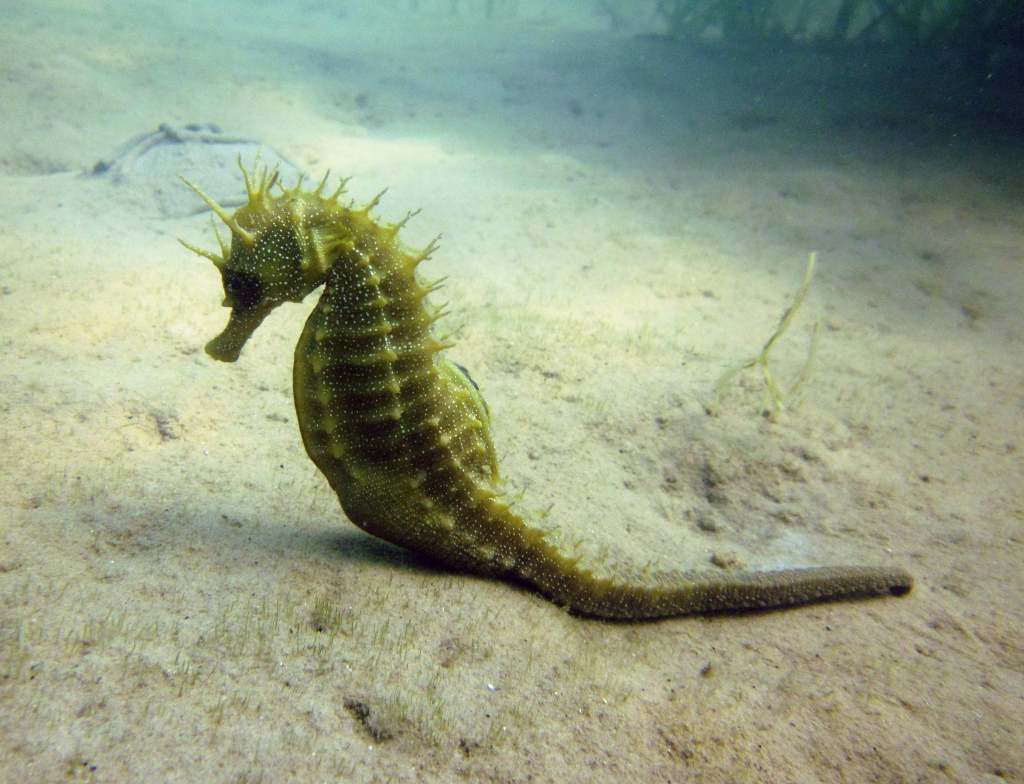


Almost all of my personal seahorse sightings have occurred in very shallow water adjacent to busy tourist beaches and with pleasure boats anchoring all around. They seem so delicate and vulnerable and the damage to their habitat is often shocking. And yet they must carry on with all the mayhem around them, courting, breeding and producing the next generation. The contrast between the serenity of these animals and the chaos of their surroundings is stark. Unfortunately for them, their ideal habitat is also a place that attracts lots of human activity, with the humans almost totally unaware of their presence or their needs.
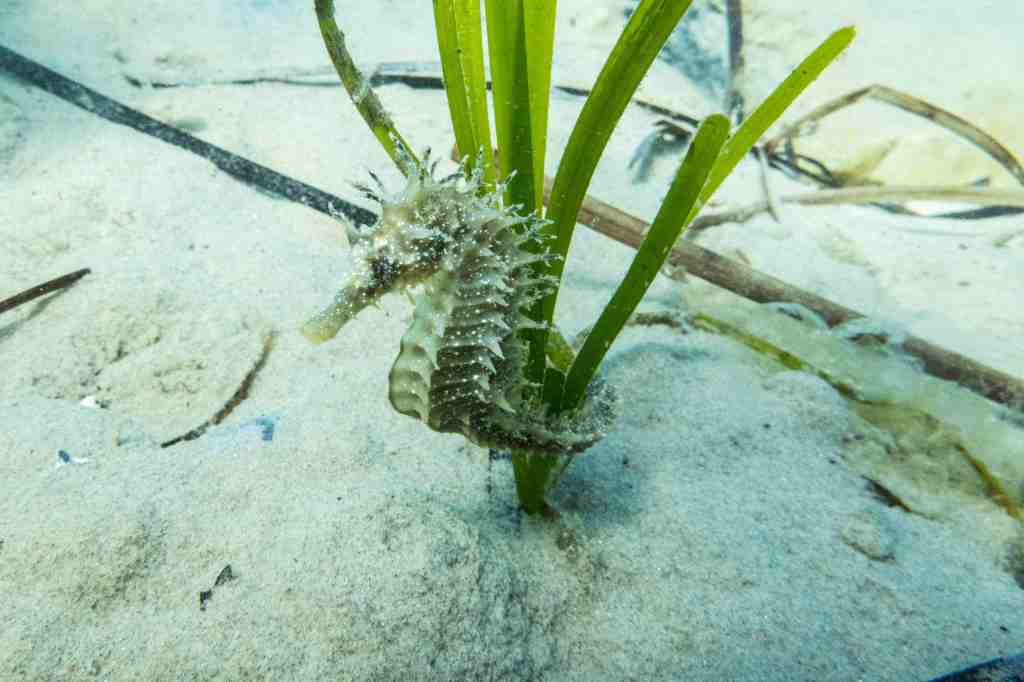
Wouldn’t it be wonderful to have some, or at least one, of these areas set aside for them? To remove any human impact and let them just get on with what seahorses do. Just a relatively small area would suffice, seahorses tend not to move very far. The UK government is currently considering setting aside some Highly Protected Marine Areas (HPMAs) in English waters as part of a network of protected sites. These would have the very highest level of protection with only those activities with the lightest touch allowed – things like swimming, kayaking, paddle-boarding for example. As well as allowing the wildlife to flourish under natural conditions these areas would provide safe zones for those activities that are permitted.
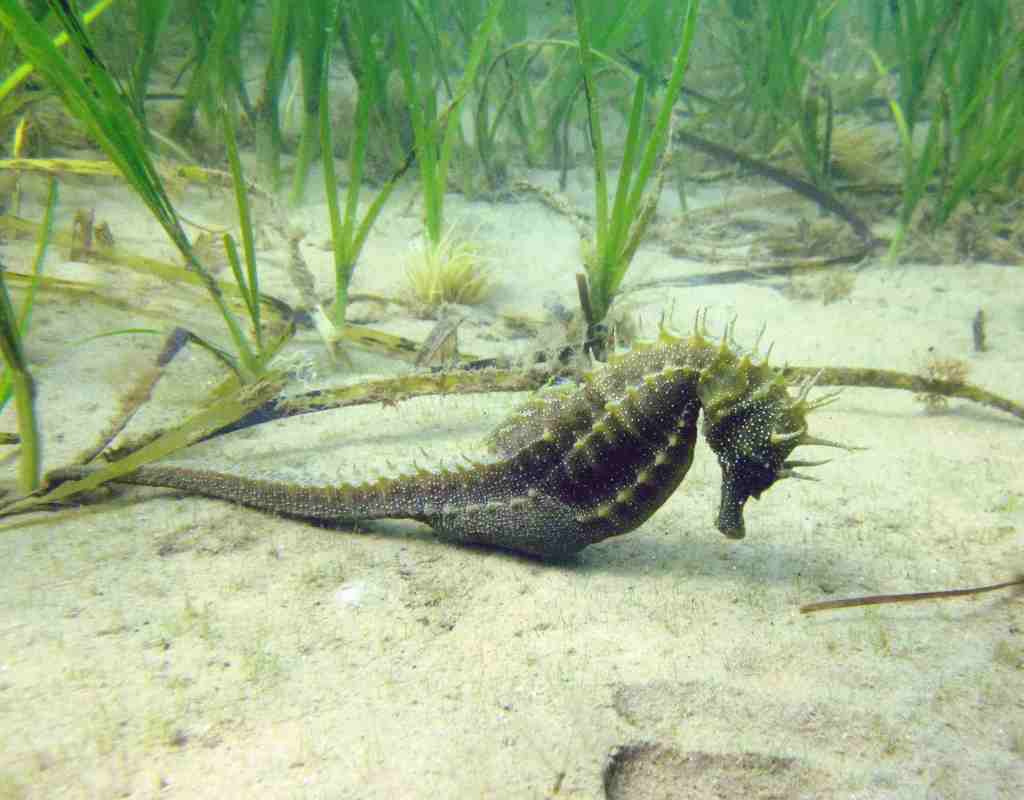
I, for one, am very much in favour of HPMAs, not just for seahorses but for the whole variety of wildlife that lives in our sea and is suffering from our impact on it. How can we know what a completely natural marine environment would look like unless we set these areas aside? How can we measure if our new network of multi-use protected areas is working if we don’t know what a natural environment should look like? I have put my name to a campaign by The Wildlife Trusts asking the government to establish these HPMAs urgently. The more voices that are added to this call, the more likely the government is to listen. If you feel the same you can find out more and add your support here. Lets hope that before too long, some of our wonderful seahorses will be able to live out their quiet, secret lives in calm and peaceful surroundings.
